Signature Quang Nam dishes
Trading into a deeper root of those relics, you will discover the beautiful diversity in the forming and transformation of this land in terms of history and culture, including architecture and cuisine.
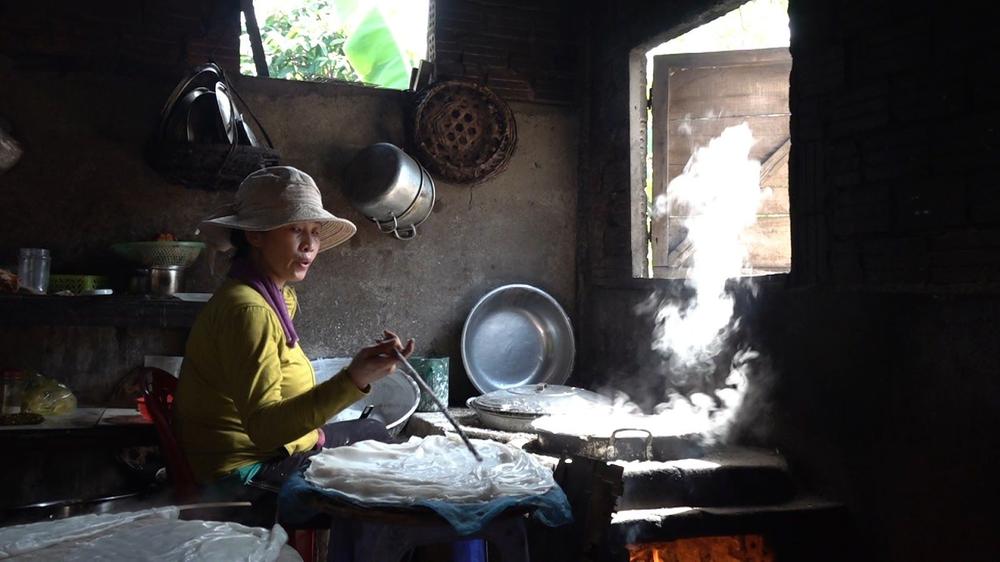
Mentioning Quang Nam, the most wide-known names are Hoi An Ancient Town and My Son sanctuary. Trading into a deeper root of those relics, you will discover the beautiful diversity in the forming and transformation of this land in terms of history and culture, including architecture and cuisine.
There are three origins of people who have long immigrated to this land and built Quang Nam like the one we see today: Viet people (Vietnamese who have been here before 1471), Champa people (who used to be Cambodian), and the Chinese. Besides, this land is also home to several minority communities. This diversity makes the culinary as diverse and unique as it is today!
Here are the signature dishes to start your journey exploring the land's culture!
Mi Quang (Quang Noodle)
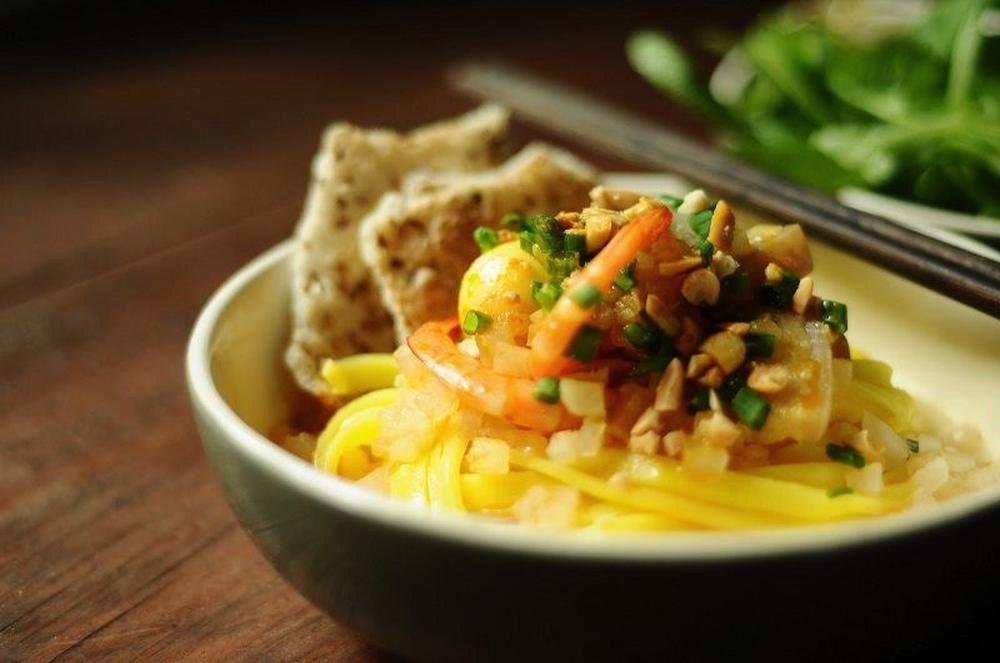
Mi Quang is the result of a transcultural movement during the 16th century, during which the Chinese business people are active in Hoi An port for trading goods. They also brought their wheat-flour noodle, the so-called "Mi" in Vietnamese. Besides the famous noodles such as Pho or Bun Bo Hue, this dish is among those distinct flavors representing Vietnamese cuisine.
However, locals don't cultivate wheat in Vietnam, so instead of using wheat flour like in China, Quang Nam people use rice flour mixed with turmeric for the beautiful yellow color of noodles.
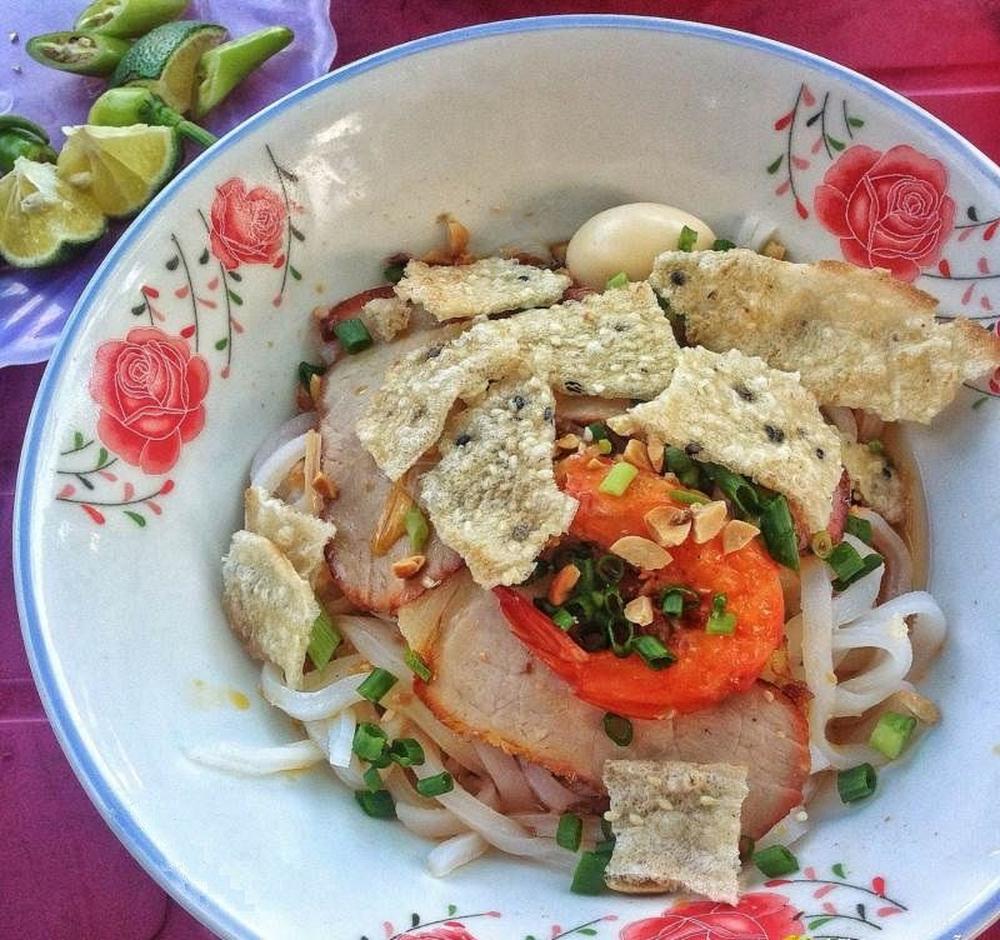
If you notice, in most noodle types, the noodles will be fully submerged under the soup. However, the thick and hearty broth of Mi Quang is just enough to wet the noodle. The broth is mainly made from pork and shrimps combined with spices for the natural sweetness and savoriness. Based on the availability of ingredients in each region, someplace in Quang Nam, people use chicken, duck, crab, fish, or frogs.
The flavor of the broth came out slightly sweet and mild pleasant, and spicy, with the fullness of the thick broth being brought up by the crunchy and creamy roasted peanuts. The side ingredients to enjoy with Mi Quang are local green vegetables and herbs such as water morning glory, cress, banana flowers, coriander, fried shallot, and spring onions.
As mentioned, each region in Quang Nam is famous for one type of Mi Quang. If Thanh Chiem is renowned for its shrimp noodle, Tuy Loan and Hoa Vang are known for their chicken noodle.
Our locals' favorite places for enjoying Mi Quang:
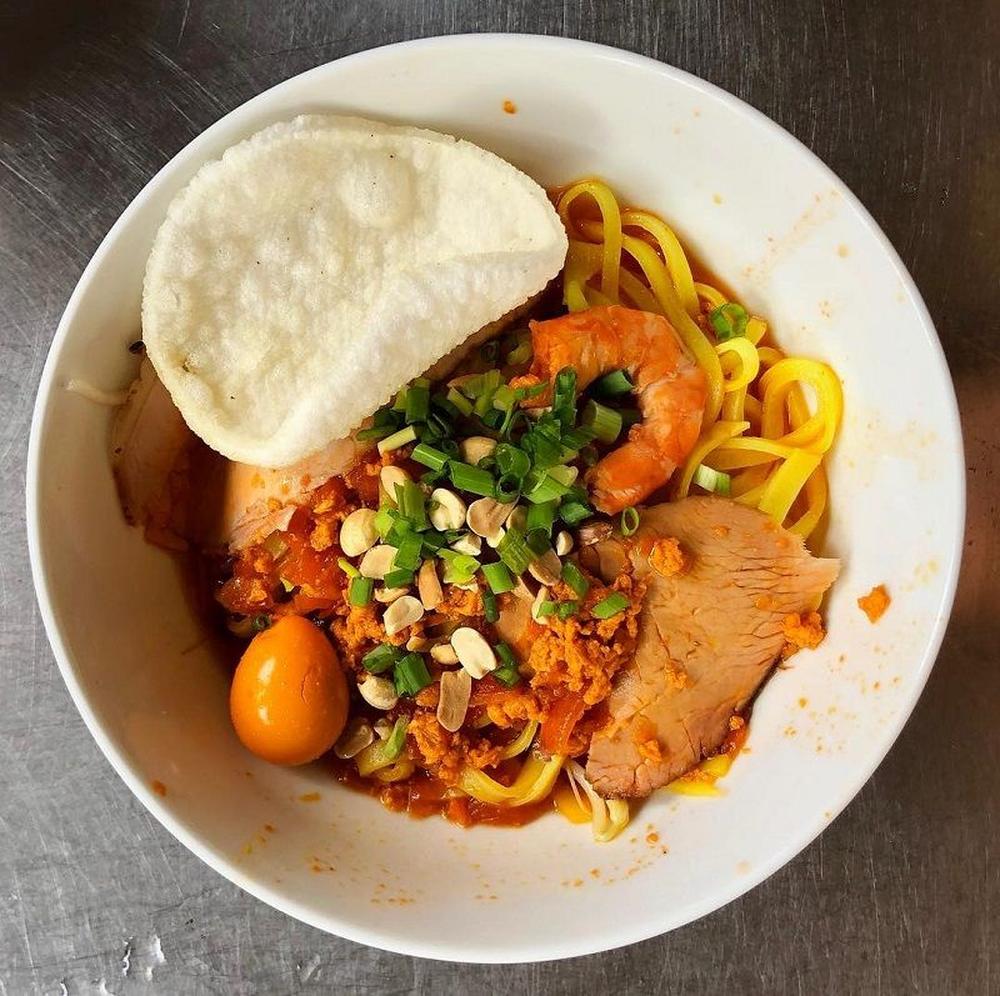
Mi Quang Ong Hai - Mr. Hai Noodles
Authentic broth, fast service, and the nice texture of the noodles are notable impressions from customers who visited this place. Located inside a humble valley of Hoi An, this place offers a great bowl of shrimp Mi Quang at a very reasonable price.
- Address: 6A Truong Minh Luong, Hoi An, Quang Nam
- Open time: 6 A.M - 10 P.M
- Price: 30.000 VND
- Type: Shrimp and pork Mi Quang
Minh Grandma
Established in 1975 as a small vendor beside Thu Bon River, Minh Grandma has gradually become famous to locals and tourists thanks to her notorious broth recipes. This place offers four choices of Mi Quang: chicken, beef, shrimp, and meat noodle. Minh Grandma has always maintained a reasonable price for years.
- Address: Cam Ha, Hoi An, Quang Nam
- Open time: 7 A.M - 9 P.M
- Price: 25.000 VND
- Type: Shrimp, pork, beef, chicken Mi Quang
Mi Quang Ba Lang

Fifty years of making only one type of Mi Quang, the shrimp pork, Lang Grandma has been famous locally for those who want freshly made noodles with delicious and authentic broth. The thing that made this place so special is the hot, flavorful rice noodles made on the spot.
- Address: Le Thanh Tong, Tam Ki, Quang Nam
- Open time: 7 A.M - 10 P.M
- Price: 25.000 VND
- Type: Shrimp, pork, beef, chicken Mi Quang
Cao Lau Mi - Cao Lau Noodle
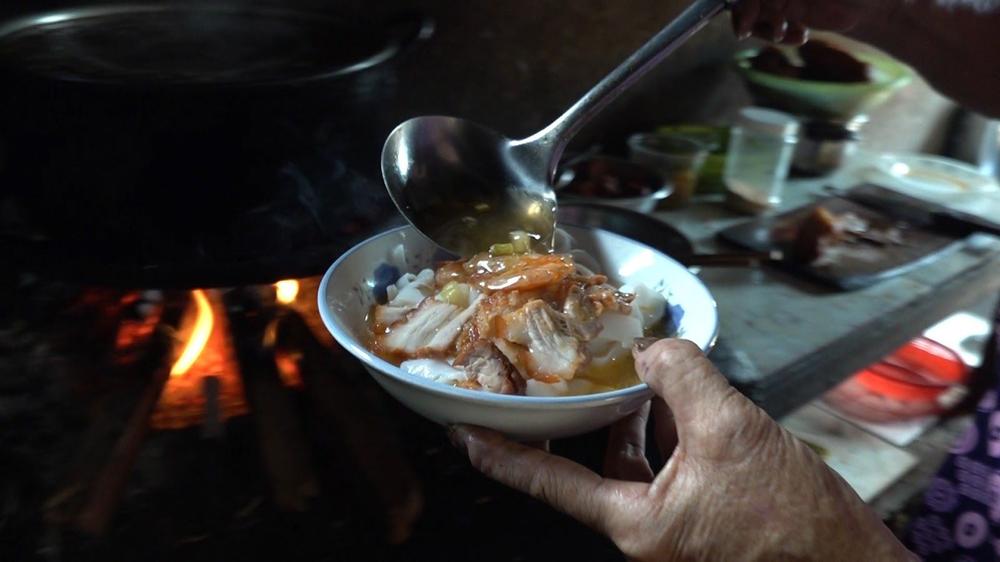
As Hoi An port was once a destination of the legendary silk road, the dish that originated Cao Lau (alongside Mi Quang) was introduced by Chinese businessmen (or Japanese, or both, even until now, no one knows its true origin). Cao Lau means 'high floor" in Vietnamese. The name originates from the habit of sitting on the high floor while having this noodle. The merchants simultaneously ate and overlooked their shop (on the lower floor.
Locals gradually modified it to fit with the custom and available source of ingredients, which explains why the dish share a lot of similarity to Mi Quang.
A notable difference between the two is the more elaborate process of making Cao Lau (compared to Mi Quang). For making the noodles, people use the ashes brought from Cu Lao Cham Island to soak the rice to add a beautiful golden color and a distinct flavor to the noodles. The main ingredient for the noodles is new harvested sticky rice locally cultivated.
People soak it using the quality source of local groundwater, ideally from the Ba Le well, which was dickens and used by Cham People, known for its ideal PH, natural sweetness, and cleanliness. Once the rice is grounded into flour, people use it to make the dough, then flatten, steam, and cut it into big strips.
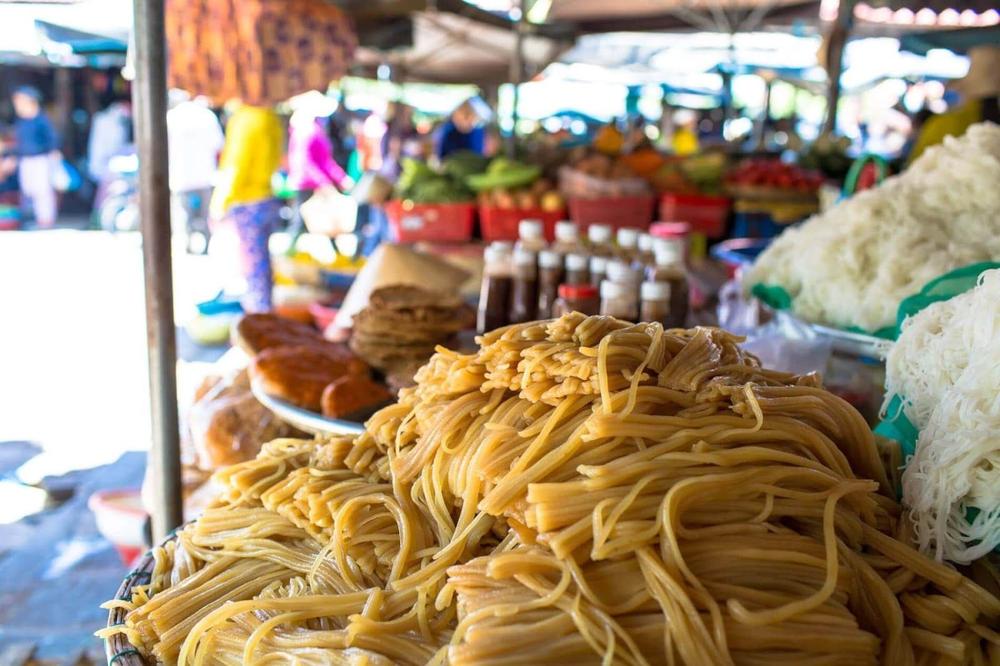
There are up to 12 types of herbs in the dishes. Among those, the must-have ones are glinus (or bitter cumin/bitter leaf) and Vietnamese basil. Rice dry pancakes accompanying the plate must be thick and filled with sesame seeds.
The broth is slowly cooked from pork bones and the 'char siu meat.' The char-siu meat has to be low in fat, well-selected, and well-marinated with five-spice powder and other spices. Finally, people add crunchy roasted peanuts and a reasonable amount of broth to complete the bowl of Cao Lau.
The most recommended place for having Cao Lau are:
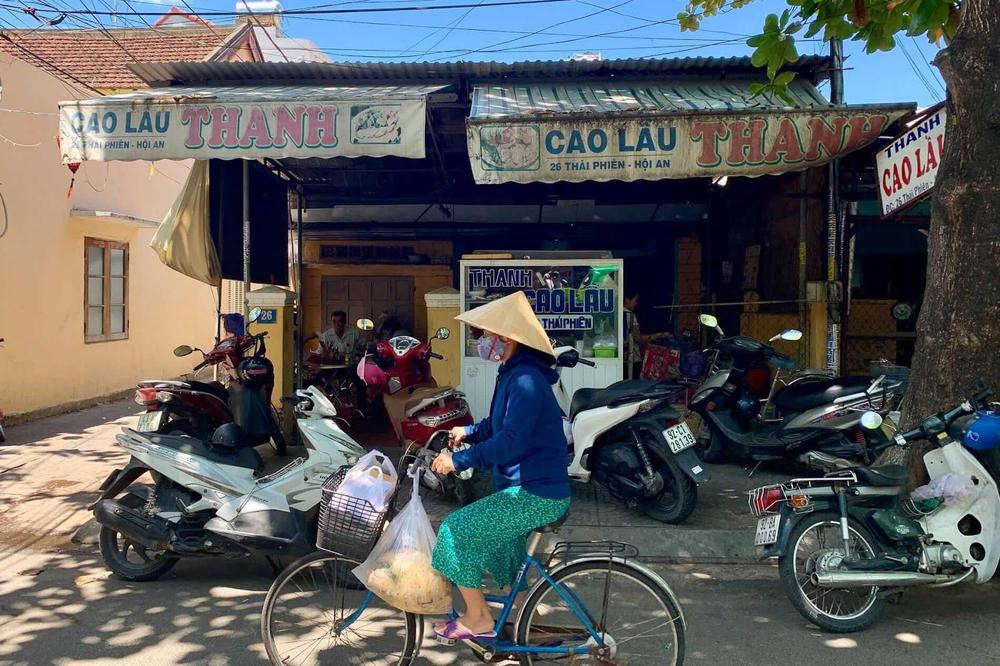
Cao Lau Lien
Mrs. Lien has been making Cao Lau for over 30 years in Hoi An. She started as a humble food vendor with a carrying pole; now, she has a small stall and has made her name famous among locals and tourists thanks to her authentic flavor of Cao Lau.
- Address: 21 Thai Phien, Minh An, Hoi An
- Open time: 1 P.M - 10 P.M
- Price: 30.000 - 60.000 VND
Cao Lau Ba Be (Mrs. Be)
Mrs. Be's humble store is located within the market food area. Only served in the early afternoon, but her store is always crowded due to the pleasant flavors of her Cao Lau Mi and a very reasonable price.
- Address: Hoi An Market's Food course, Tran Phu, Hoi An
- Open time: 2 P.M - 10 P.M
- Price: 30.000 VND
Quan Cao Thanh / Thanh Cao Lau
Like the other two places above, this place sells only one dish, Cao Lau. So you don't have to be confused about choosing!
- Address: 69 Phan Chu Trinh, Minh An, Hoi An
- Open time: 7 A.M - 7 P.M
- Price: 30.000 VND
3. Com Ga - Hoi An Rice Chicken
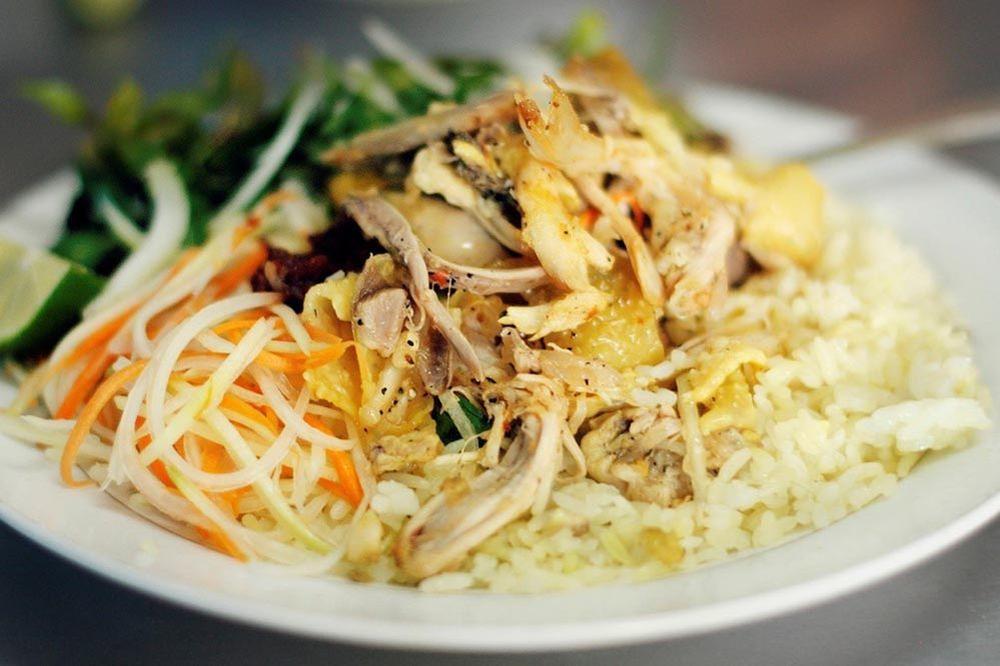
It is as simple as you imagine; there are four main components to the plate: rice, chicken, soup, and vegetables. However, unlike most chicken dishes around the world with roasted or grilled chicken, locals boil then mix the shredded chicken meat with herbs and spices.
In preparing the meat, people choose free-range chicken to ensure the firm texture, natural sweetness, and rich nutrition compared to industrial hearts. The chicken meat will firstly be cleaned using salt and running tap water, then be cooked inside a pot with water, salt, onion, and other ingredients or spices based on the chef's preference. Once cooked, it got shredded into small pieces and tossed with salts, lime juice, peppers, chicken broth dressing, and thin-slides onion.
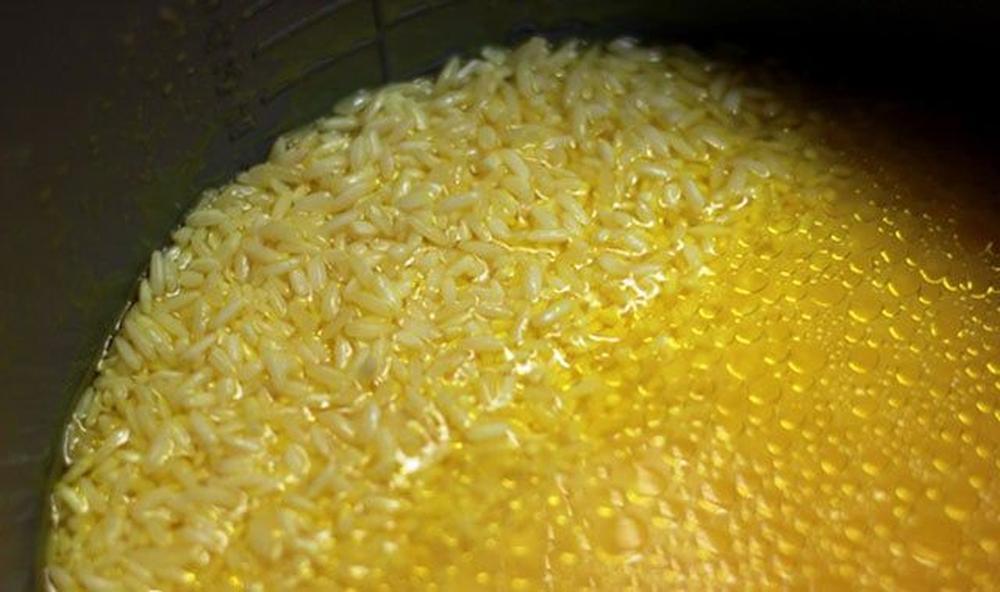
Rice used for the dish should be locally grown and newly harvested. They cook rice in the pilaf style, using sauteed garlic or onion, chicken broth, and oil. The result is savory, balanced moisture and soft and flavorful rice. People also add turmeric for the vibrant golden color and a more nutritious one.
The soup is a chicken broth with a few sprinkles of spring onion and pepper. It is served with dry dishes ( in this case, chicken rice) as the dining custom of Vietnamese people.
The slaw is added to balance the savoriness of the rice, the chicken, and the soup. People soak shredded green papaya in salt water to remove the unwanted taste and to retain its crunchy texture; then, it is tossed with lime juice, sugar, and salts. In some places, they also use carrots beside papayas.
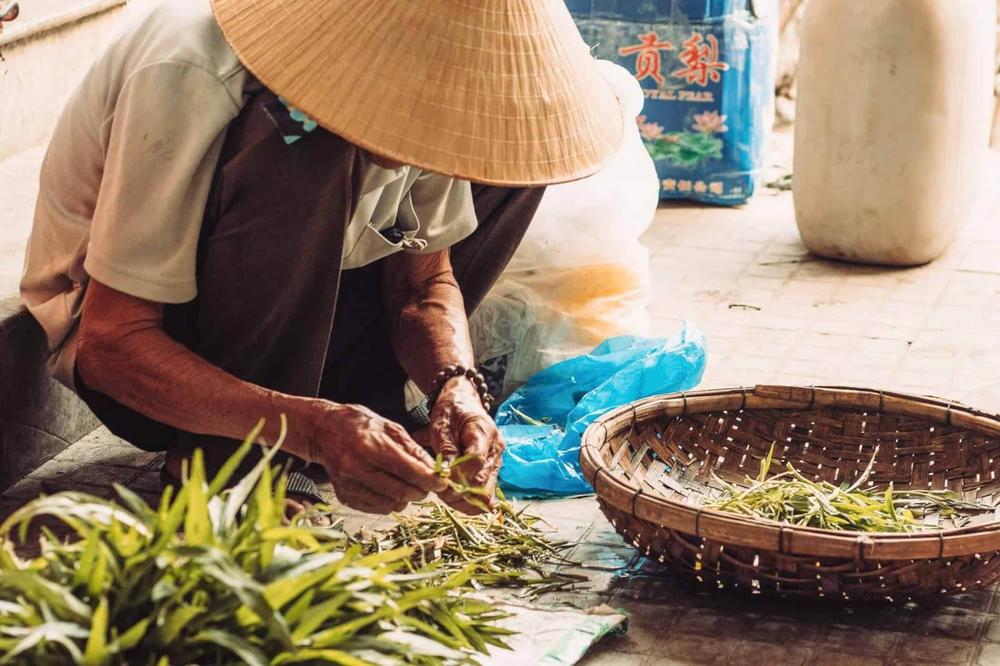
The herbs in the dish help elevate the overall flavor and balance out the fullness and savouriness of the plate. The choice of herbs is usually Vietnamese coriander (Persicaria odorata); chefs may choose other local ones for their preference.
Best places to have Hoi An chicken rice are:
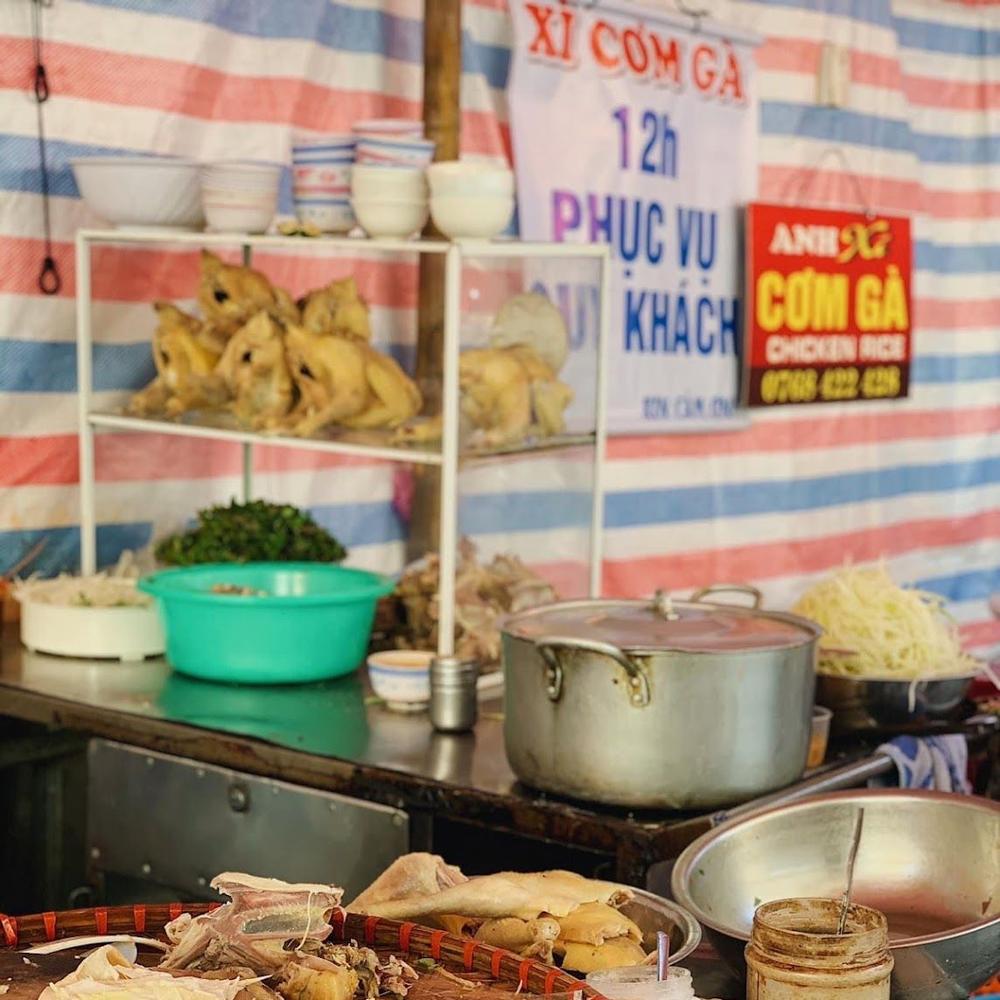
Com Ga Xi (Xi Chicken Rice)
This place is loved by locals thanks to the reasonable price, nicely cooked quality rice with flavorful chicken and soup. The seats are outdoor in the small local alley of Hoi An, which is an excellent cultural experience for those who love the street lifestyle of the Vietnamese.
- Address: 47/2 Tran Hung Dao, Minh An, Hoi An
- Open time: 9 A.M - 9 P.M
- Price: 20.000 - 70.000 VND

Com ga Ba Lam (Mrs. Lam Chicken rice)
Only known among locals but not tourists, this place is an ideal one for authentic com ga favors with enough eating potion that suits most Vietnamese people. Please note that this place is only open in the late afternoon until 9 P.M!
- Address: 51 Phan Chu Trinh, Hoi An
- Open time: 4 P.M - 9 P.M
- Price: 25.000 VND
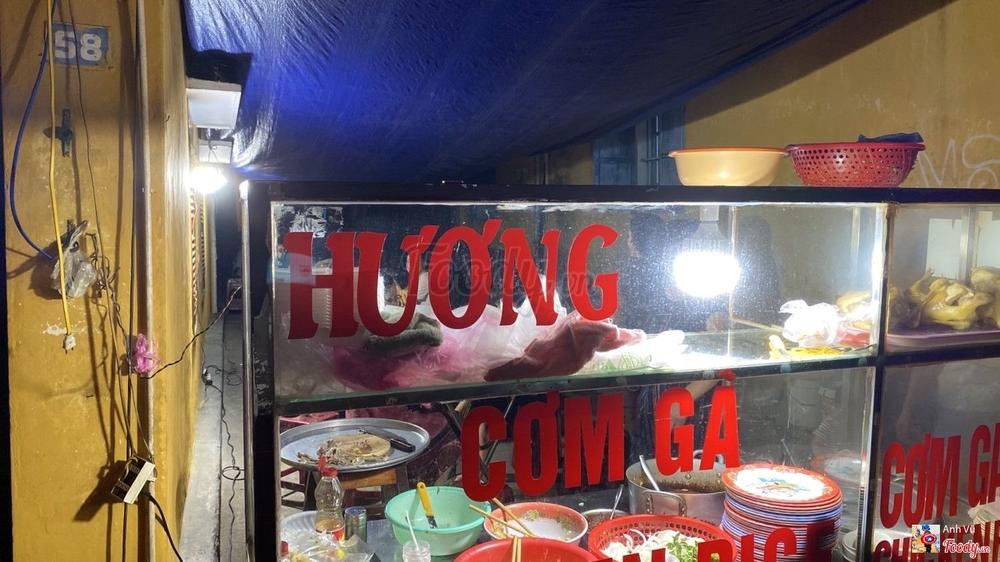
Com ga Huong (Huong Chicken Rice)
This restaurant is among Hoi An's top Chicken rice stalls, which makes the place quite busy. Service is highly rated as the staff are cheerful and dedicated to customers. Outdoor seats in the lovely alley offer an excellent look into the street food culture of Vietnam.
- Address: 56 Le Loi, Minh An, Hoi An
- Open time: 4 P.M - 10 P.M
- Price: 35.000 - 50.000 VND
I wish you the tasty and feeling-good food experiences in Quang Nam!
